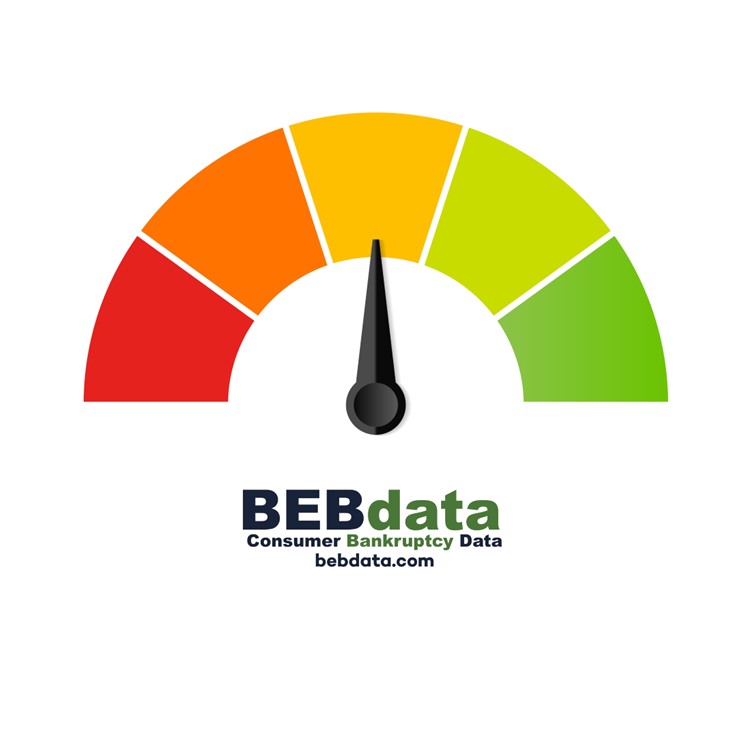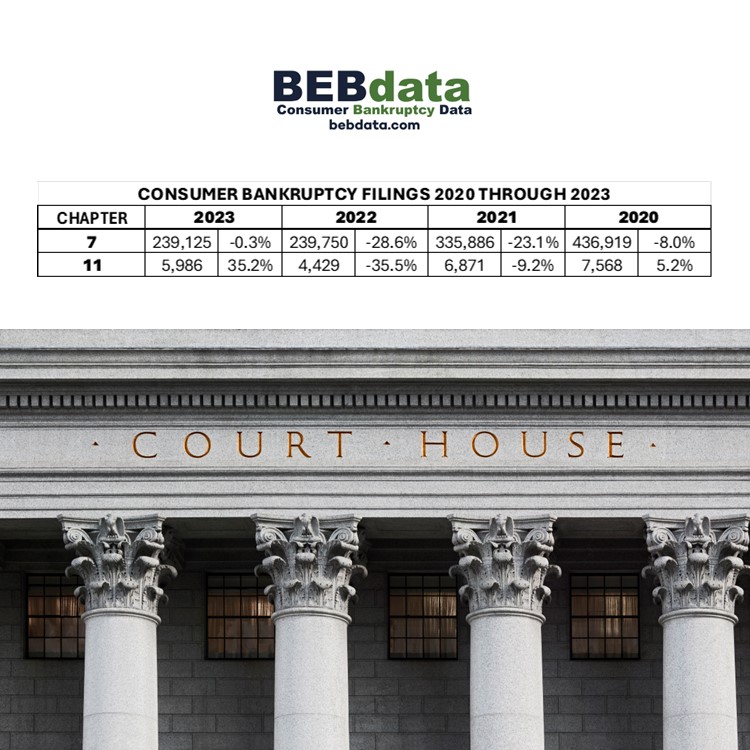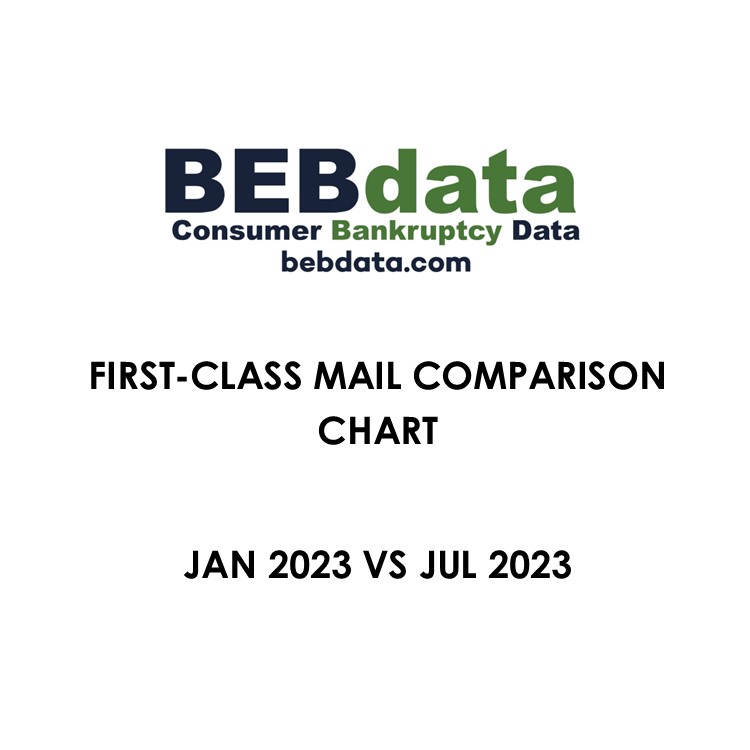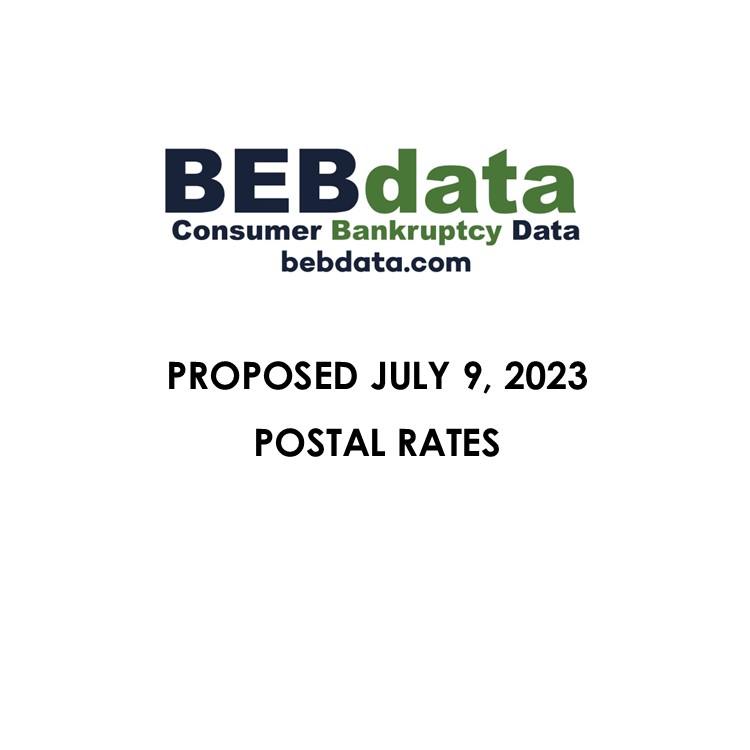
The auto industry has always been at the forefront of adopting cutting-edge technology, and now, artificial intelligence (AI) is revolutionizing the sector even further. By integrating AI into auto sales and marketing, dealerships and manufacturers are discovering new ways to engage customers and drive growth.
One impactful way AI is changing the game is through the use of chatbots. In today’s world, where instant communication is highly valued, chatbots provide real-time support to potential buyers. While there may be concerns about relying solely on AI language models like ChatGPT, with the right algorithm and data, these conversational agents can answer inquiries, provide product information, and even guide customers through the purchasing process with just a click of a button.
Many dealerships are already reaping the benefits of AI. According to a survey by CDK Global, 76% of dealers believe that AI has had a positive impact on their business. The chatbots available today are no longer limited to simple Q&A; they offer interactive and personalized experiences, becoming an essential tool for auto dealers to engage with prospects 24/7.
There is evidence to support the effectiveness of chatbots. IBM’s Watson Assistant site mentions that personalized retail experiences make consumers 40% more likely to spend more than they originally planned. Personalization always yields positive results.
 The 2023 Non-Prime Automotive Financing Survey results showed the positive impact that non-prime auto financing can have on consumers. The data indicated the median three-year increase in FICO score for deep subprime customers was 78 points.
The 2023 Non-Prime Automotive Financing Survey results showed the positive impact that non-prime auto financing can have on consumers. The data indicated the median three-year increase in FICO score for deep subprime customers was 78 points.







 The USPS has recently filed for a second postal rate increase to take place on July 9th. Click below to see a proposed rate chart.
The USPS has recently filed for a second postal rate increase to take place on July 9th. Click below to see a proposed rate chart.